Get Ready for Paris 2024, And Explore Omega Timekeeping for the Olympics
For the 31st time since 1932, Omega will once again fulfil the role of Official Timekeeper... And we explore the insane technology behind this timekeeping role.
The countdown is almost over, the athletes are ready, and the timers are set to begin. In a few weeks from now, on July 26th, the Olympic Games Paris 2024 will ignite a summer of sporting action in the heart of the French capital. For the 31st time since 1932, Omega will fulfil the role of Official Timekeeper, recording times and scores in all 329 Olympic events across 32 sports. As you’d expect, such a role involves state-of-the-art technology and skilled staff (350 tonnes of equipment, 550 timekeepers…), which is only possible thanks to more than 90 years of experience. Omega will arrive in Paris with the most advanced technology it has ever delivered. But what exactly hides behind this role of timekeeper of the Paris 2024 Olympic Games…? We travelled to Switzerland to find out, and you can discover it in our latest in-depth movie!
Now, having seen much of what’s usually behind the scenes in the watchmaking world, this visit left me speechless. I had no idea how much was done, nor, to be quite honest, had I ever given it much thought. Of course, like everyone, I’ve seen the start pistols change quite a bit, and I’ve seen the times being projected on my TV screen, so it’s easy to keep track of lap times and more. But, I never thought ALL of this was in the hands of Omega. And I never thought that their involvement goes so deep.

What we will see at the Paris 2024 Olympic Games, and too often take for granted, is the result of 90 years of experience from the Omega Timing team. It all started in 1932, when for the first time in history, a single watch company – Omega, of course – was selected as the Official Timekeeper for every event. The brand sent one watchmaker all the way from Biel to Los Angeles, armed with 30 high-precision stopwatches that were accurate to the nearest 1/10th of a second. In 1948, the electronic era began, with the first photofinish camera and photoelectric cells, opening the door to the incredible technology we have come to expect from the brand at the Olympics. For an overview of Omega’s history in the field of Olympic Timekeeping, please consult this in-depth article.
What about Paris 2024…? In a nutshell, we’re looking at staggering numbers – 550 timekeepers and on-site professionals, 900 trained volunteers, 350 tonnes of equipment, 350 scoreboards and 200 kilometres of cables and optical fibre… Omega’s timekeeping at the Olympic Games is nothing short of impressive, overly impressive, I might say; something that took me (and the rest of our crew) by surprise, as you can discover in the video.
In addition to the classic (already technically impressive) equipment such as the electronic pistol, the starting blocks with built-in sensors to see any false start, the Quantum Timer with a resolution of one-millionth of a second (yes, you’ve read correctly), the photocell technology replacing the traditional ribbon, the swimming touch pads, and motion sensor and positioning systems, Omega is delivering new tech at Paris 2024.
This includes novel technologies such as the Scan ‘O’ Vision, the next generation of photo-finish technology, capable of recording 40,000 digital images per second on the finish line of races, ensuring the best accuracy for judges to decide the result and separate close finishes. Omega also introduces Computer Vision Technology, a combination of single or multi-camera systems, each feeding Artificial Intelligence models that are specifically trained for each sport. It allows for in-depth sporting analysis, and no longer requires physical tags attached to the athletes.
But, of course, the best is to look at the video on top of this article, which I hope will be as fascinating for you that it has been for me… It is a true eye-opening experience on a technology that isn’t explored enough. Good luck to the athletes and good luck to Omega for the Paris 2024 Olympic Games.
For more details, please visit www.omegawatches.com.

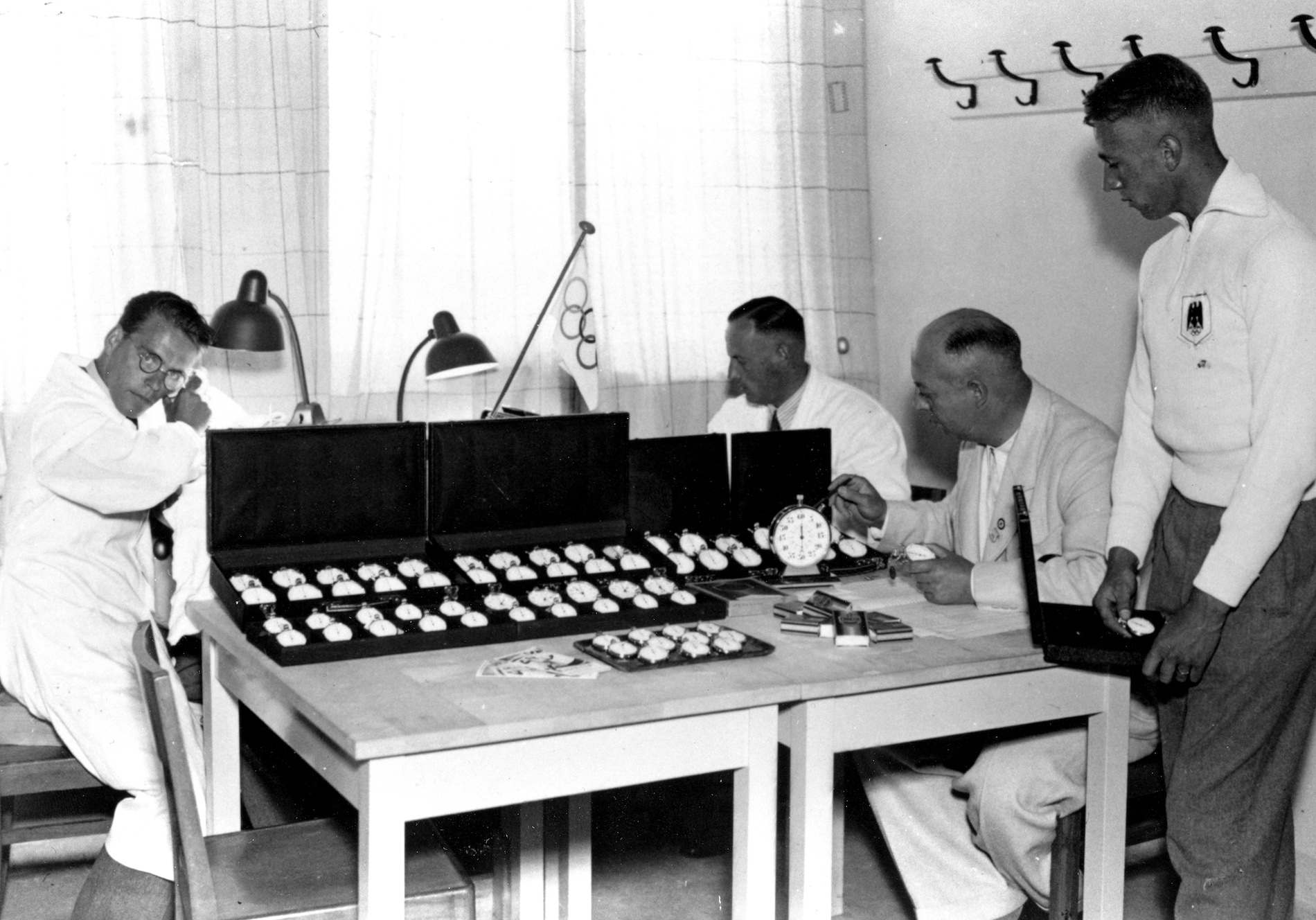

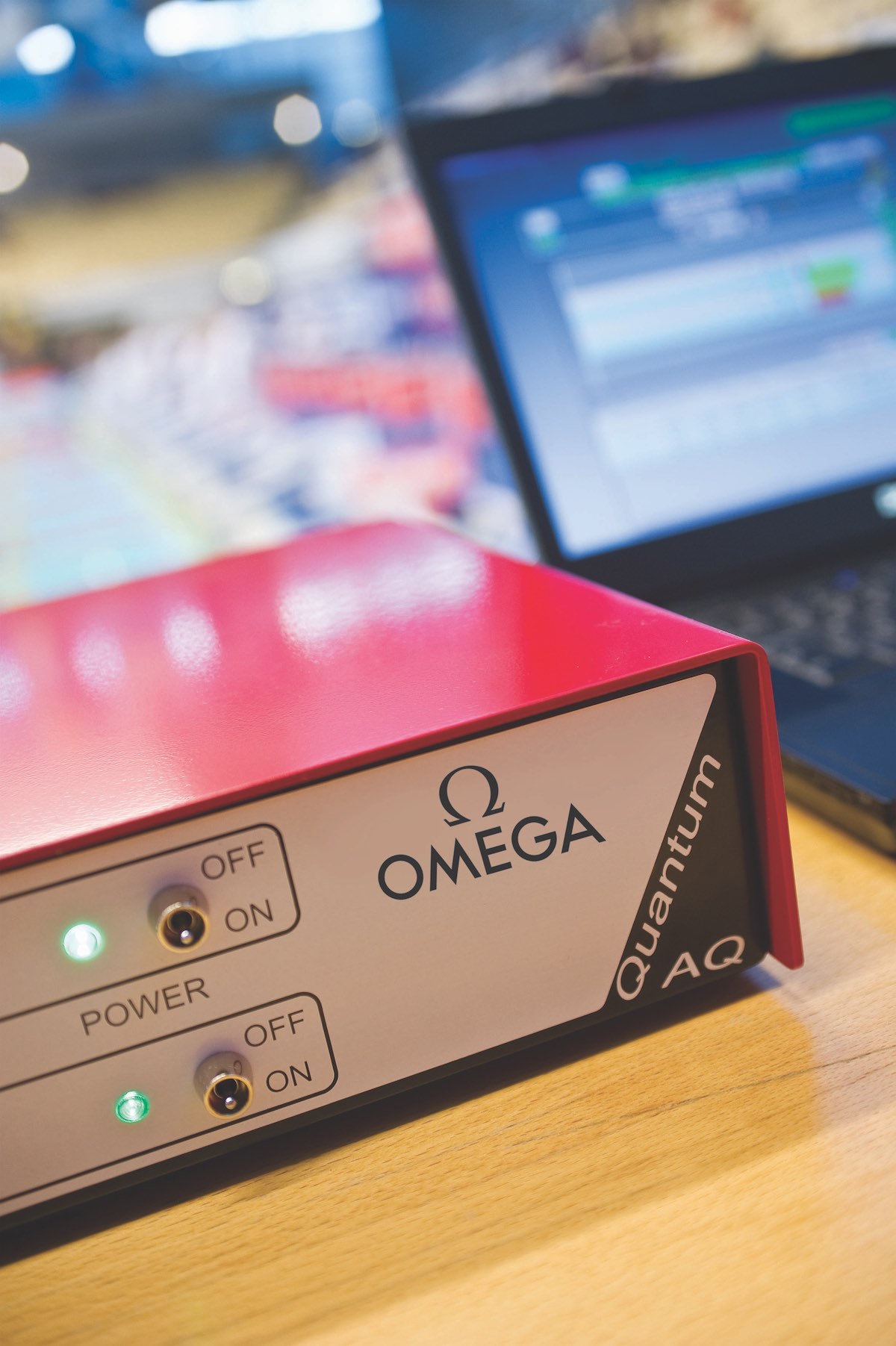
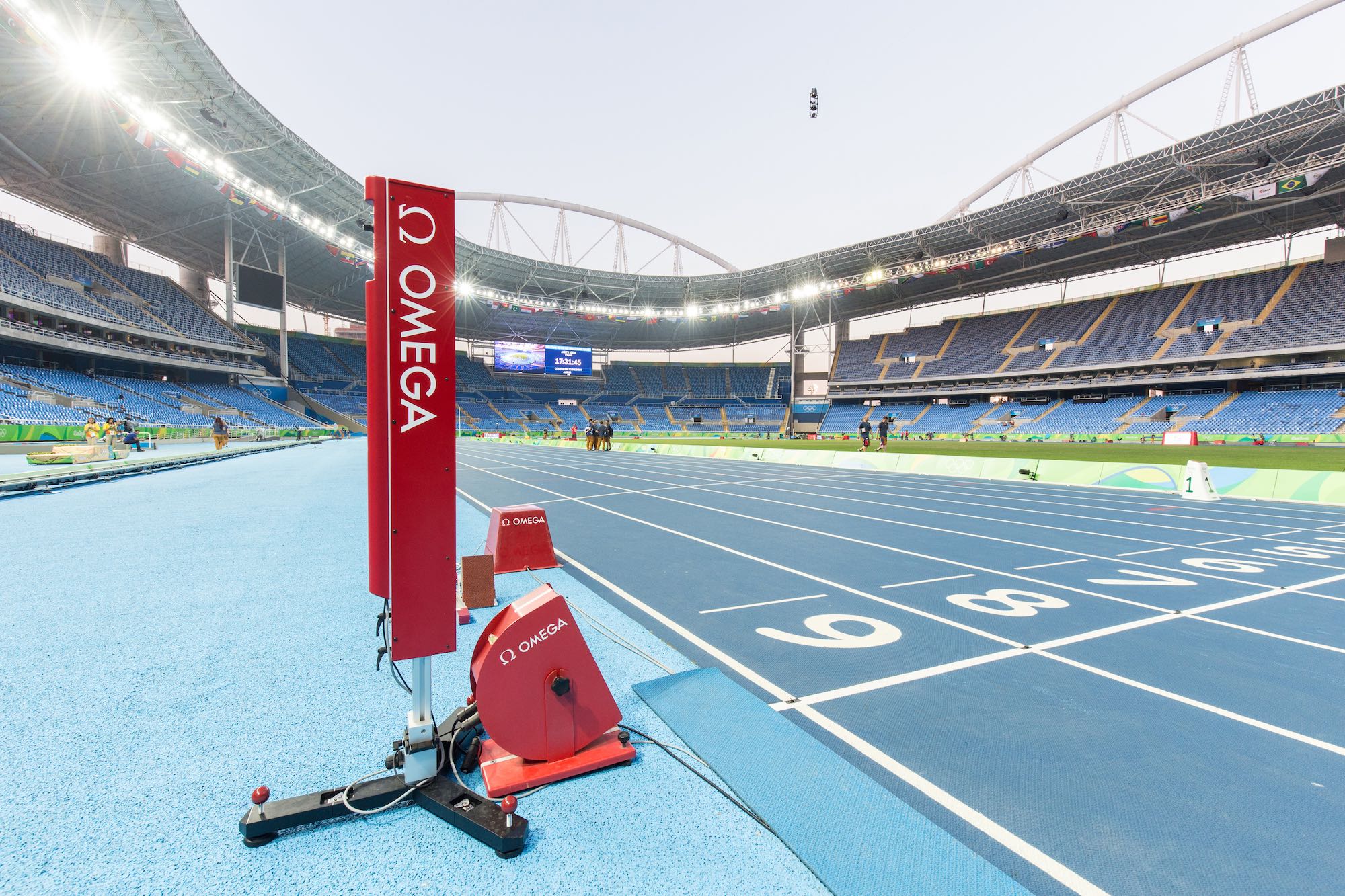
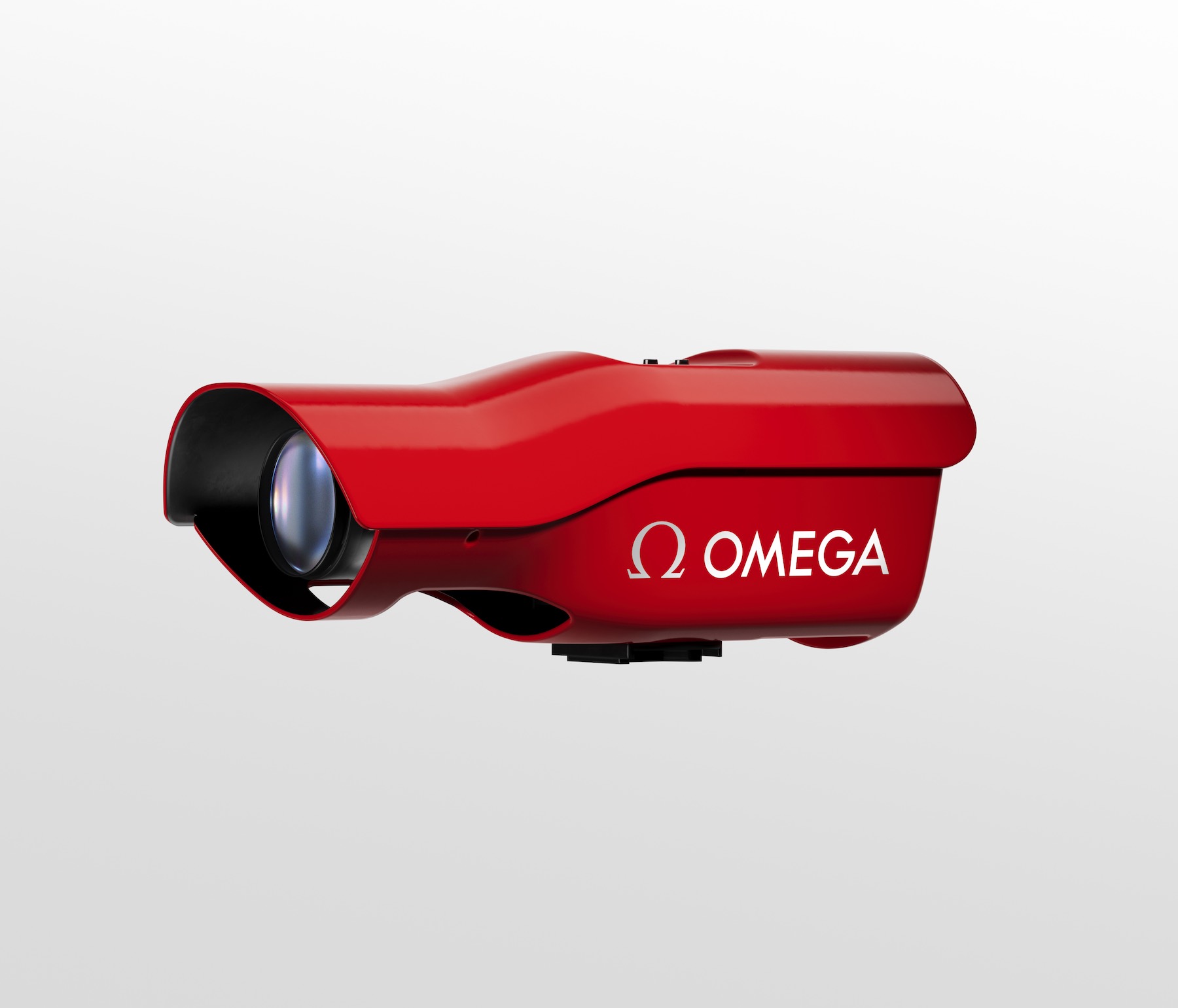

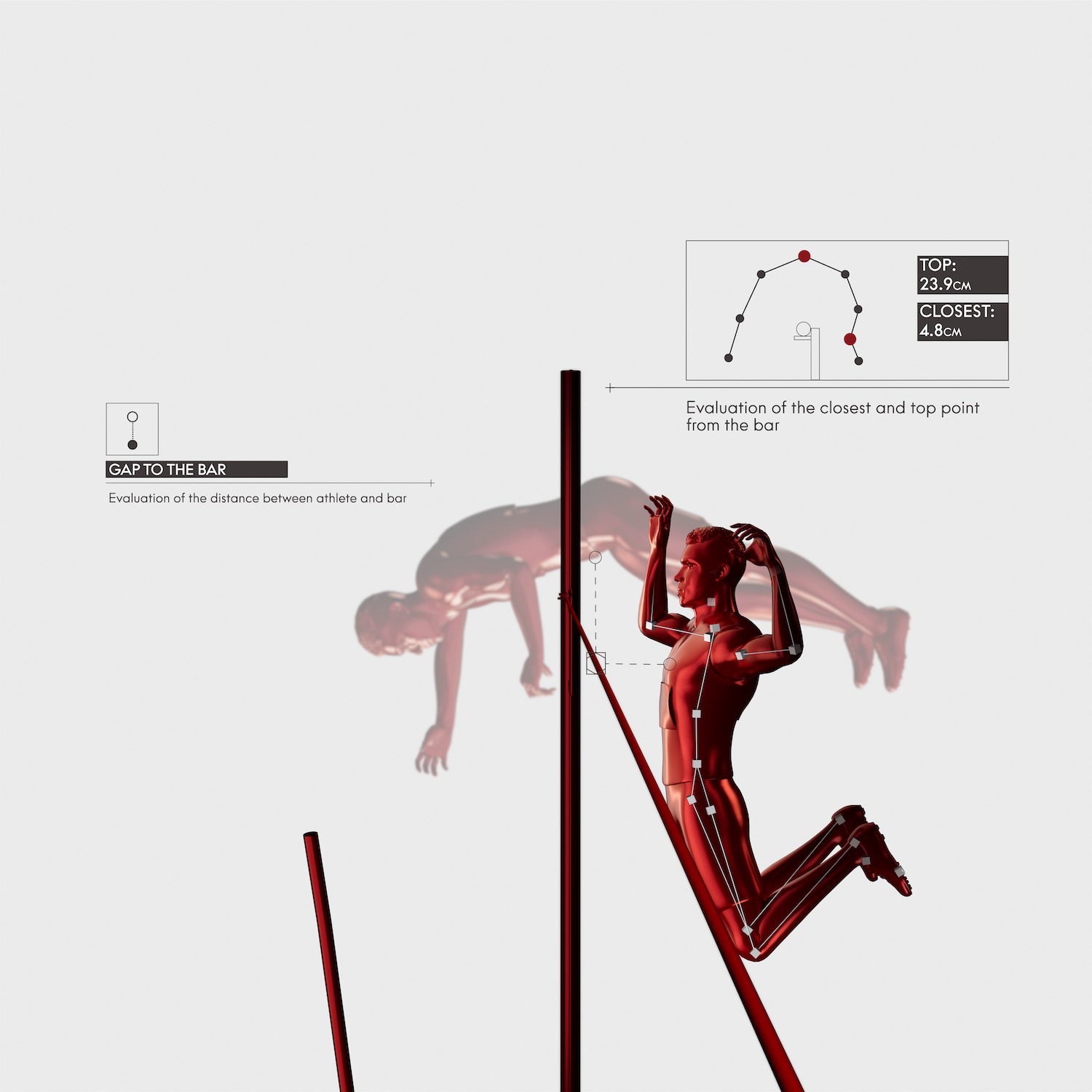




3 responses
The Paris limited editions are quite underwhelming, maybe that’s just me. One of the most fascinating cities in the world gets some of the most boring tweaks ever. Some may say understated, I was just hoping for more panache!
Really interesting piece thanks. Excited for the Olympics!
While I do not disagree with Phil’s own views on the Paris Olympic watches, after all everyone’s taste and aesthetics are different, I actually quite like the current Olympic watches from Omega. I have handled and worn them all, except the full gold Speedmaster Chronoscope on a bracelet. The Seamaster Diver is a quite nice and the date wheel in the Paris Olympic font is subtle. I dislike “co-branding” on watch dials so I think understated is usually better. The best Olympic watch for Paris 2024 has to be the Speedmaster Chronoscope with its tachymeter, telemeter and pulsometer scales it is ready to time all sort of sports. It helps that it is the nicest version of the Chronoscope in terms of colours too. It is a bit of shame that Omega did not use the Paris Olympic font on the dial or have a gold medallion on the back. It is also slightly disappointing that Omega did not issue a “retro style watch for these Olympics. I own the Seamaster 1948 London 2012 Olympic watch which is very subtle, no sign on the dial that it is an Olympic watch, but when you turn it over it has an 18Kt gold London 2012 logo medallion on the caseback. Something like a Constellation “Pie Pan” re-issue or even a deep dive into the archives for a watch from the 1920s as Paris last hosted the Olympics in 1924 would have been going the extra mile by Omega. The London Olympic Seamaster 1948 was made because London held the Olympic is in 1948 and the Seamaster was first released in 1948. At the time there was nothing like it in the Omega catalogue.